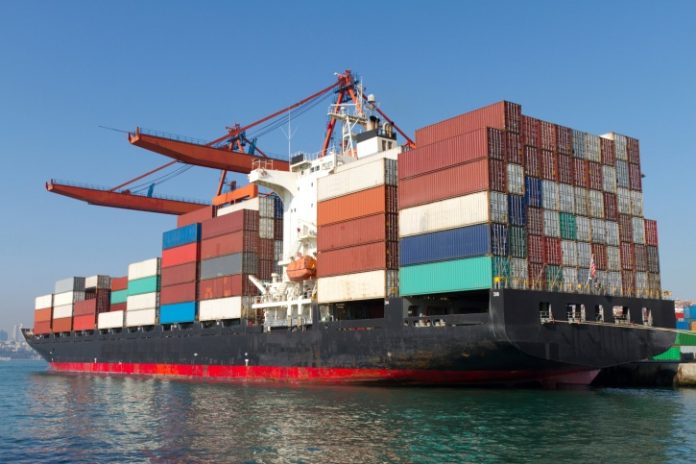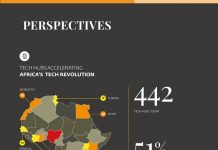Nigeria’s Export-Import Bank is pressing forward with its campaign to recruit investors for a dedicated, regionally owned sea link to stimulate and facilitate trade within West and Central Africa, and foster local participation in the maritime industry.
Nexim Bank’s Regional Sealink initiative also envisions Nigeria as a maritime hub for West and Central Africa, with improved exports, particularly of manufactured goods, from the country. Greater export activity would enhance the bank’s ability to increase revenues.
Nexim Bank has planned a second investment forum, scheduled for July 16 in Accra, Ghana, and sponsored by the Economic Commission of West African States. The July forum follows Nexim Bank’s Sensitization and Pre-investor’s Forum on March 27 in Lagos that targeted the membership of the Nigerian Association of Chambers of Commerce, Industry, Mines and Agriculture (NACCIMA) for investment.
Both NACCIMA and the Federation of West African Chambers of Commerce and Industry welcome the idea of a dedicated shipping line plying the West African corridor, where trade cargo has jumped to 13.2 million metric tons from 4.7 million metric tons between 1998 and 2008 alone. In the absence of direct shipping along the corridor, seaborne freight currently moves on European vessels and transits Europe before arriving at its final destination in Africa, contributing to high freight costs and lengthy delivery times.
It is more expensive, for instance, to move goods from Nigeria to Ghana or from Nigeria to Cameroon than from China or Europe to Nigeria.
The Regional Sealink Project calls for the establishment of a regional, predominantly private sector owned and operated shipping line to move people and goods within the target region. The line would call at major ports along three key routes: Freetown-Conakry-Bissau-Banjul-Dakar and Cotonou-Calabar-Douala-Libreville, with combined freight and passenger service; and Libreville–Dakar with freight service only.
NEXIM Bank puts the cost of the project at US$61.5 million, $1.5 million of which will be used to set up the Special Purpose Vehicle for preliminary structures, feasibility studies, investment promotion, meetings, etc., with $36 million to purchase vessels, equipment, office space and other infrastructure, and $24 million to cover general and administrative costs.
High intra-regional freight costs, excessive shipment delays resulting from a poor road infrastructure and the absence of rail and direct sea links are blamed for the low level of intra-regional trade – less than 12 percent – in Africa. The road access rate in sub-Sahara Africa is only 34 percent, for example, compared to 50 percent in other parts of the developing world.
Cargo delivery within West and Central Africa takes 45-60 days on average, and transport and logistics costs are among the highest in the world. While it takes just one hour to fly from Nigeria to Ghana, cargo moving by truck between the two countries takes six days and by sea up to 60 days, Tayo Omidui, head of strategic planning at NEXIM, said at the 2013 Annual Nigeria Development and Finance Forum in Washington, D.C., on June 4.
With European transport providers dominating the shipping of goods within the continent and charging up to eight times higher than what it should cost to do so, clearly the payoff from a locally owned and operated West/Central Africa sea link would be huge.













